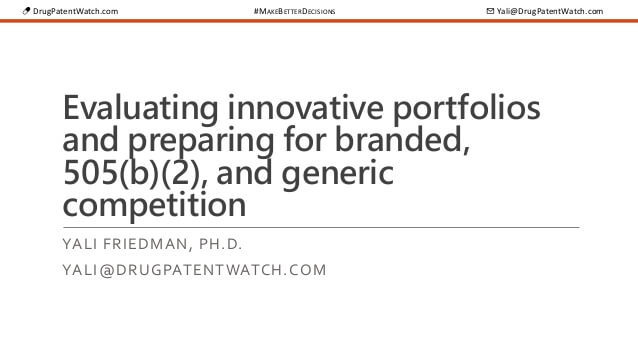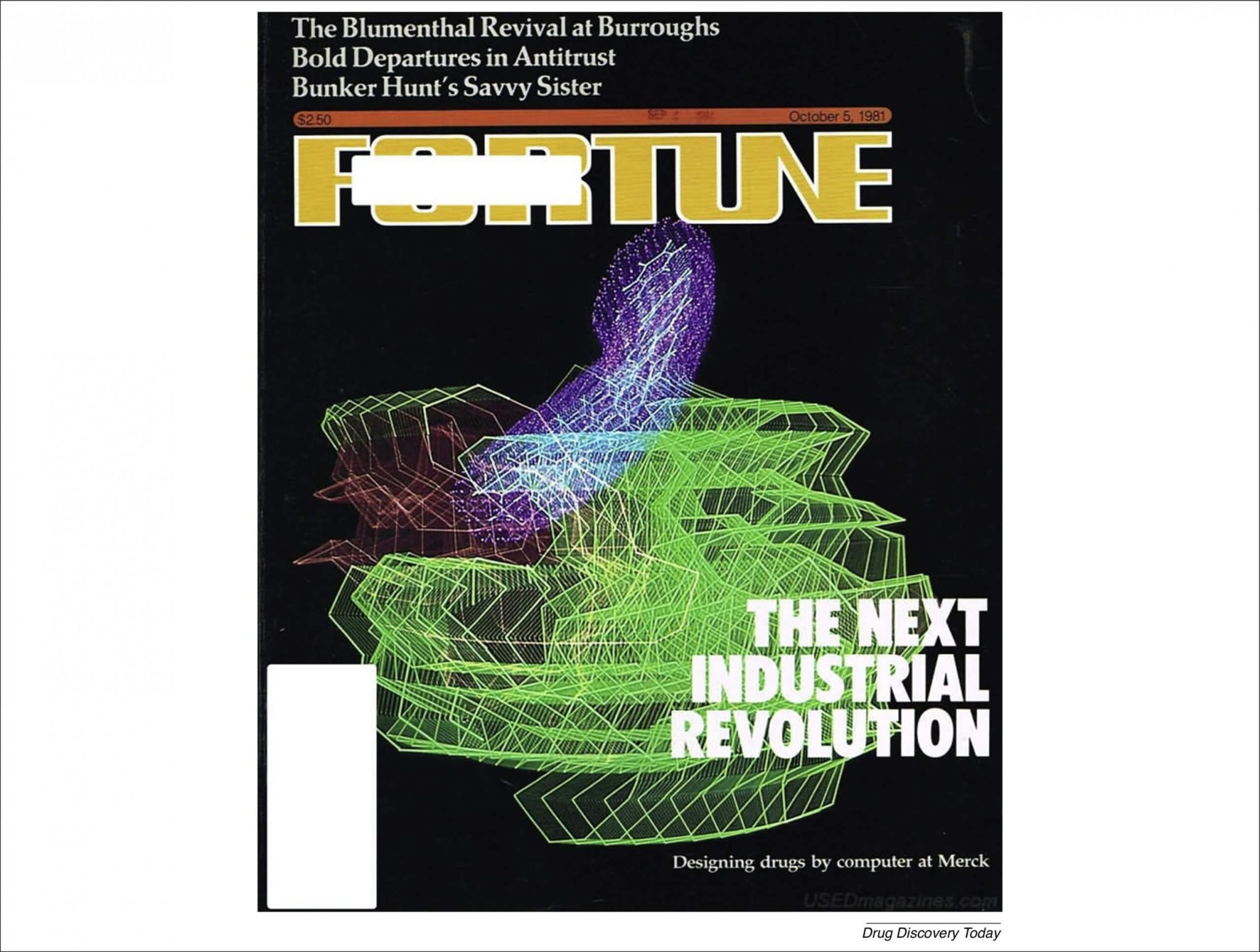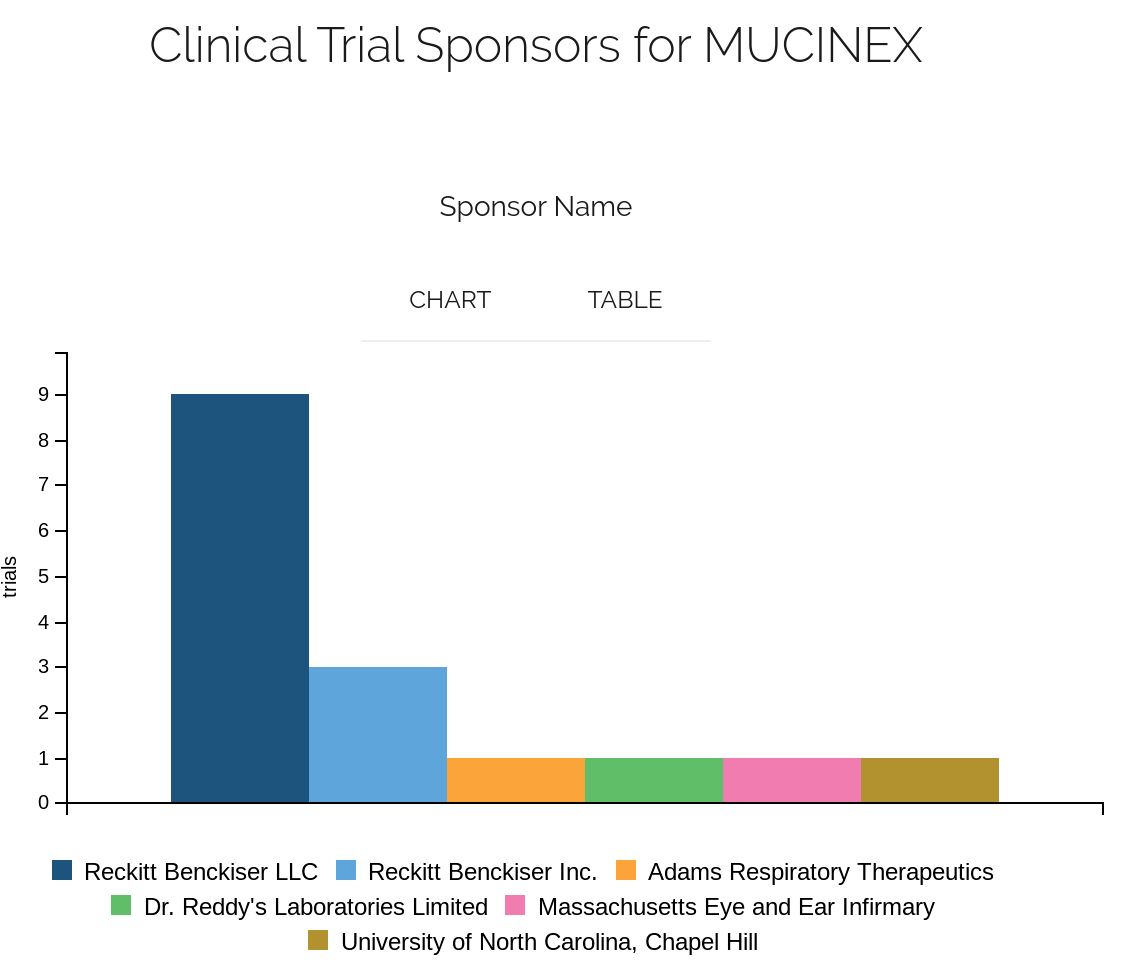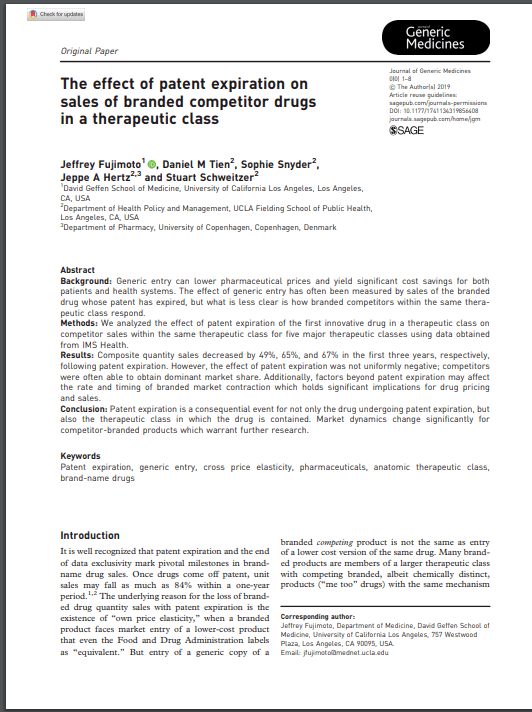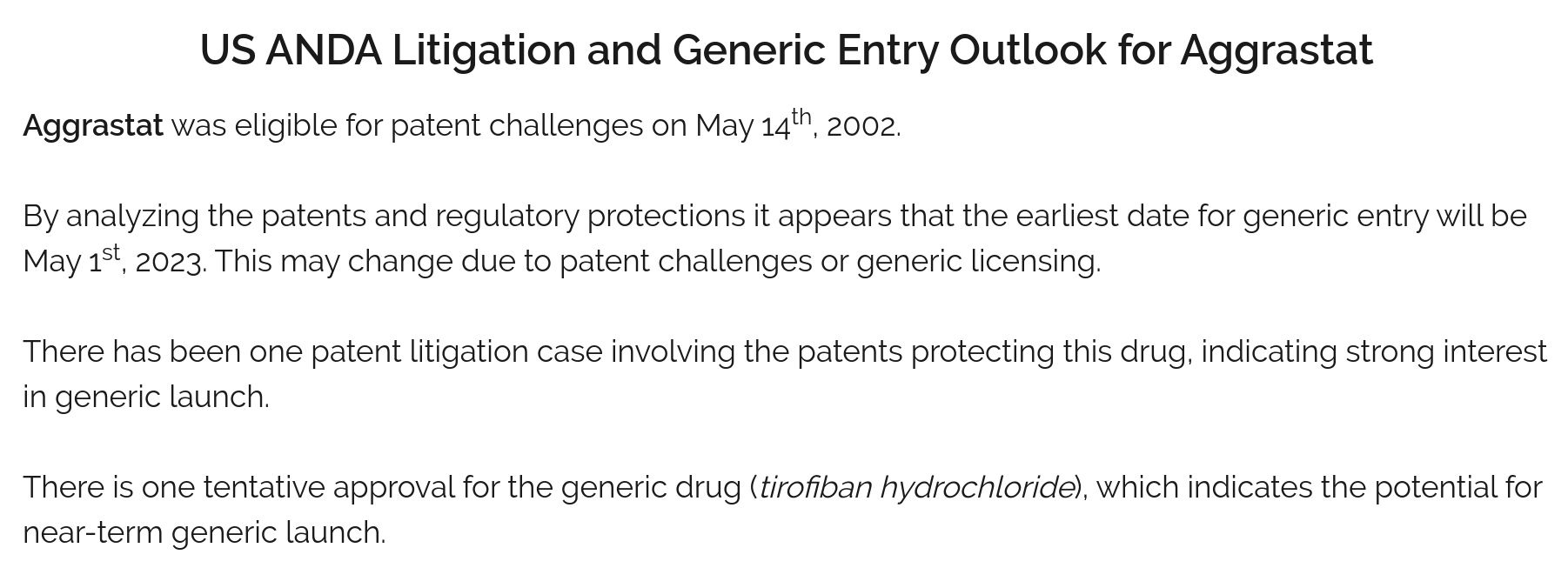The generic drug industry is a cornerstone of modern healthcare, offering affordable alternatives to brand-name medications while maintaining the same quality, safety, and efficacy. But here’s the catch: developing these generics isn’t just about replicating a formula—it’s about navigating a labyrinth of regulations, scientific standards, and ethical considerations. How do you ensure compliance in this high-stakes game? For business professionals in pharmaceuticals, compliance isn’t just a checkbox; it’s the key to transforming raw data into market domination. This article dives deep into the strategies, tools, and mindsets that drive success in generic drug development, blending complexity with practical insights to keep you ahead of the curve.
Understanding the Regulatory Landscape
Let’s start with the basics: generic drug development lives and breathes regulation. In the U.S., the Food and Drug Administration (FDA) sets the gold standard, while globally, agencies like the European Medicines Agency (EMA) and the World Health Organization (WHO) play similar roles. These bodies ensure generics match their branded counterparts in dosage, strength, route of administration, and intended use. But compliance isn’t static—it’s a moving target shaped by evolving guidelines and regional nuances.
Why does this matter? Non-compliance can lead to costly delays, rejected applications, or even legal repercussions. Take the FDA’s Abbreviated New Drug Application (ANDA) process: it’s streamlined, yes, but it demands precision. Miss a step, and your market edge evaporates. Understanding this landscape isn’t just about survival—it’s about leveraging it to outpace competitors.
Key Regulatory Bodies to Watch
The FDA isn’t the only player. The EMA, for instance, emphasizes bioequivalence testing with a slightly different flavor than the FDA, while India’s Central Drugs Standard Control Organization (CDSCO) has its own priorities. Each agency has unique submission requirements, timelines, and enforcement styles. Staying compliant means knowing who’s who and what they want.
The Role of Bioequivalence in Compliance
Here’s where the rubber meets the road: bioequivalence. It’s the backbone of generic drug approval, proving your product performs identically to the reference listed drug (RLD) in the body. The FDA defines bioequivalence as “the absence of a significant difference” in the rate and extent of absorption. Sounds simple, right? Not quite.
Achieving this requires rigorous clinical studies, often involving dozens of healthy volunteers, precise pharmacokinetics, and statistical wizardry. A 2023 study found that 15% of ANDA rejections stemmed from bioequivalence failures—proof that this step trips up even seasoned players. Nail it, and you’re one step closer to market domination.
Designing Robust Bioequivalence Studies
How do you ace bioequivalence? Start with study design. Randomization, sample size, and fasting versus fed conditions all matter. Experts like Dr. Jane Simmons, a pharmacokinetics consultant, emphasize, “A poorly designed study is a compliance disaster waiting to happen.” Invest here, and the payoff is a smoother approval process.
Quality by Design: Building Compliance In
Compliance isn’t an afterthought—it’s baked into the process with Quality by Design (QbD). This FDA-endorsed framework shifts the focus from testing quality at the end to building it from the start. Think of it like constructing a house: you don’t wait until move-in day to check the foundation.
QbD uses risk assessment, process understanding, and control strategies to ensure consistency. For generics, this means defining critical quality attributes (CQAs) like dissolution rate or impurity levels early on. A 2022 report showed that companies using QbD reduced compliance deviations by 30%. It’s proactive, not reactive—and that’s a game-changer.
Implementing QbD in Your Workflow
Start with a target product profile (TPP). Map out CQAs, then use design of experiments (DoE) to test variables. It’s complex, sure, but it’s how you turn data into a compliant, market-ready drug.
Navigating Chemistry, Manufacturing, and Controls (CMC)
Chemistry, Manufacturing, and Controls (CMC) is the unsung hero of compliance. It’s where science meets scale, ensuring your drug can be produced consistently at a commercial level. The FDA scrutinizes CMC data in ANDAs, from raw material specs to stability testing. Mess this up, and your generic stays on the shelf.
CMC isn’t just about meeting specs—it’s about proving you can replicate them batch after batch. A 2024 industry survey found that 25% of generic delays were CMC-related. Precision here translates to speed to market.
Tackling CMC Challenges
Batch variability is a killer. Use real-time monitoring and robust validation protocols. As Dr. Mark Reynolds, a CMC expert, notes, “Consistency is compliance in action.” Get this right, and you’re golden.
Mastering Documentation and Data Integrity
Paperwork might sound dull, but in generic drug development, it’s your lifeline. The FDA and EMA demand meticulous records—think batch records, stability data, and audit trails. Data integrity is non-negotiable; a single falsified entry can sink your application.
“Data integrity is the foundation of trust in pharmaceuticals. Without it, you’re building on sand.” – FDA Guidance, 2018
This isn’t just bureaucracy. It’s how you prove compliance under scrutiny. A 2023 audit found 10% of generic firms faced penalties for documentation lapses. Don’t be that statistic.
Best Practices for Data Management
Go digital. Electronic lab notebooks (ELNs) and blockchain-inspired audit trails boost transparency. Train your team relentlessly—human error is the weakest link.
Leveraging Technology for Compliance
Technology isn’t a luxury—it’s a necessity. Artificial intelligence (AI) can predict bioequivalence outcomes, while automation streamlines CMC testing. A 2024 McKinsey report estimated that tech-savvy firms cut compliance costs by 20%. Why? Machines don’t miss deadlines or fudge numbers.
AI and Automation in Action
Imagine AI flagging a dissolution issue before it tanks your ANDA. Or automation ensuring every batch meets specs. That’s not sci-fi—it’s happening now, and it’s how you stay ahead.
Training Your Team for Compliance Success
Tech is great, but people run the show. A compliant culture starts with training. Regulatory updates, good manufacturing practices (GMP), and data integrity need to be second nature. Untrained staff are a liability—simple as that.
Creating a Compliance-First Culture
Regular workshops, mock audits, and clear SOPs work wonders. Ask yourself: does every team member know their role in the compliance chain? If not, fix it.
Managing Supply Chain Compliance
Your drug is only as good as its ingredients. Supply chain compliance means vetting suppliers, ensuring GMP adherence, and tracking every raw material. A 2023 recall of contaminated generics showed how fast a weak link can unravel success.
Strengthening Supplier Oversight
Audit suppliers annually. Use contracts with clear quality clauses. Data from compliant suppliers is your shield against regulators.
Preparing for Regulatory Inspections
Inspections aren’t a surprise party—they’re a certainty. The FDA’s pre-approval inspections (PAIs) can make or break your launch. Be ready with pristine facilities, trained staff, and bulletproof records.
Acing the Inspection Process
Mock inspections are your friend. Fix gaps before the real deal. A calm, prepared team turns scrutiny into approval.
Handling Post-Approval Compliance
Approval isn’t the finish line—it’s halftime. Post-market surveillance, adverse event reporting, and batch consistency keep you compliant. The FDA’s Orange Book isn’t just a listing; it’s a commitment to ongoing quality.
Staying Vigilant After Launch
Set up pharmacovigilance systems. Monitor real-world data. Compliance doesn’t end—it evolves.
Avoiding Common Compliance Pitfalls
Even the best stumble. Overlooking dissolution specs, skimping on stability data, or rushing timelines are traps. Learn from others’ mistakes—don’t repeat them.
Lessons from Past Failures
A 2022 ANDA rejection due to incomplete CMC data cost one firm millions. Slow down to speed up—precision pays.
The Competitive Edge of Compliance
Here’s the kicker: compliance isn’t just about avoiding penalties—it’s your ticket to market domination. A flawless ANDA means faster approval, lower costs, and a reputation for reliability. In a $400 billion generics market, that’s power.
Turning Data into Dollars
Every compliant step is a data point. Use it to optimize processes, predict trends, and outmaneuver rivals. That’s the transformation you’re after.
Global Compliance Considerations
Going global? Rules shift. The WHO’s prequalification program, for instance, opens doors in low-income markets but demands extra hoops. Harmonize where you can, adapt where you must.
Balancing Local and Global Needs
ICH guidelines help, but local quirks—like Brazil’s ANVISA requirements—demand flexibility. Master this, and your reach expands.
Future Trends in Generic Compliance
What’s next? Regulatory AI, stricter sustainability rules, and real-time monitoring are on the horizon. A 2025 forecast predicts 40% of generics will use advanced analytics for compliance. Are you ready?
Preparing for Tomorrow
Invest in tech now. Train for adaptability. The future favors the proactive.
Key Takeaways
Compliance in generic drug development isn’t a hurdle—it’s your ladder to success. From bioequivalence to post-approval vigilance, every step builds trust, speed, and market power. Master the regulations, leverage technology, and train your team, and you’ll turn data into domination. The generics game rewards the meticulous—will you be one of them?
FAQs
- What’s the biggest compliance challenge in generic drug development?
Bioequivalence tops the list. It’s complex, data-heavy, and a frequent rejection point—get it right, and you’re halfway home. - How long does the ANDA process typically take?
About 10-12 months with a solid application, but CMC or documentation slip-ups can double that. Speed comes from precision. - Can technology really cut compliance costs?
Absolutely. AI and automation trim errors and time, with some firms seeing 20% savings. It’s an investment that pays off. - Why do generics fail inspections?
Poor documentation and untrained staff are culprits. Mock audits and digital records can flip the script. - How do global regulations differ from the FDA’s?
The EMA might push stricter bioequivalence stats, while WHO focuses on accessibility. Know your market, tweak your approach.
Cited Sources
- FDA Guidance, “Data Integrity and Compliance With Drug CGMP,” 2018.
- McKinsey & Company, “Technology Trends in Pharmaceuticals,” 2024.
- Industry Survey, “Generic Drug Development Delays,” 2024.



